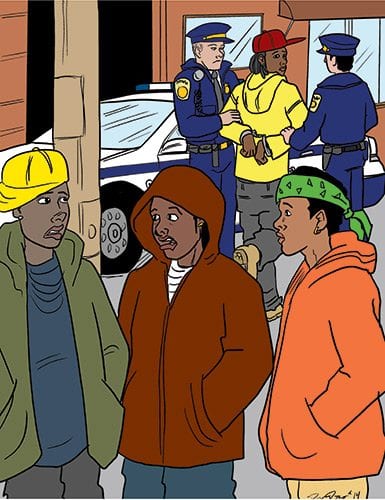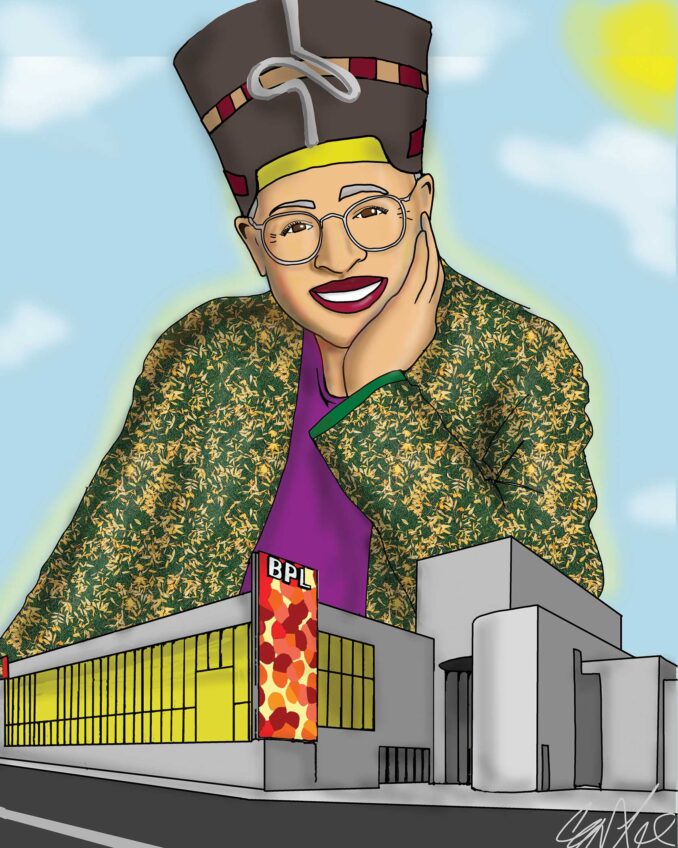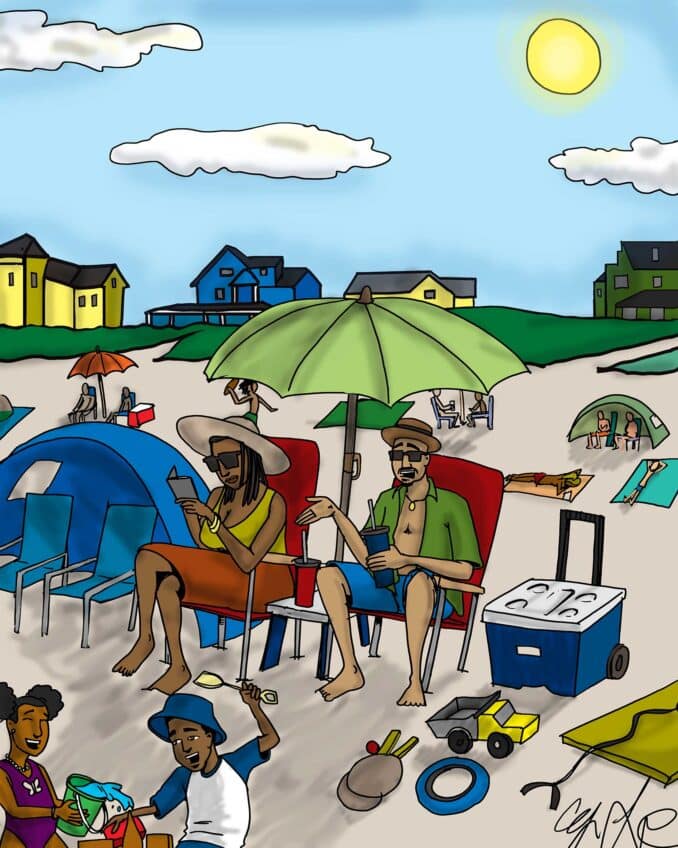
When the Oscar-winning actor Philip Seymour Hoffman overdosed on heroin in February, America discovered that the nation has a serious drug problem. Until then, many people thought that drug addiction was essentially an affliction of black, urban communities. After all, published reports indicated that blacks were as much as 13 times more likely than whites to go to jail for the same drug offenses. The natural conclusion was that drug trafficking is much more severe in black areas.
However, data indicate that some forms of drug abuse are prevalent only among whites. Research by the Substance Abuse and Mental Health Services Administration has found that 90 percent of teen heroin addicts are whites living in the suburbs. Their research concluded that the number of youngsters from 12 to 17 using heroin has grown by 80 percent since 2002.
A state police report noted that heroin abuse has grown in Massachusetts. During the last four months ending in February there have been 185 heroin overdoses in Massachusetts, and that does not include the number in Boston, Worcester and Springfield. That information is maintained by the municipal police in those cities. It is generally known that heroin is used primarily by whites.
Nonetheless, there is an unshaken belief that life in the suburbs is the healthiest environment for teenagers. Psychology Today reported that another study found that high schoolers from the affluent suburbs smoke more, drink more and use more hard drugs than their inner-city counterparts. This is contrary to the conventional belief that black youngsters from more challenging circumstances would more readily fall victim to bad habits.
Indeed, life is more difficult in the center cities. According to a report by the Annie E. Casey Foundation, 67 percent of black children under 18 are raised by single parents, compared to only 25 percent of whites. As a result the median household income is less. While median income for white households was $51,861 according to the 2012 U.S. Census Statistical Abstract, it was only $32,584 for blacks.
The economic status of blacks was further damaged by the Great Recession from which the nation is still recovering. The median net worth for black households declined to only $4,995 compared to $110,729 for whites. And unemployment for blacks at the end of February was 12 percent, compared with only 5.8 percent for whites. Clearly the standard of living for blacks is substantially inferior to that of whites.
The Centers for Disease Control and Prevention states that the primary causes for suicide are employment problems and socio-economic status. According to that standard the suicide rate for blacks should be colossal. However, in 2010 the suicide rate for whites was 14.1 per 100,000 whites in the population, more than twice the rate of 5.1 for blacks.
Contrary to representations of the major media, despite the difficulties of their lives, black teenagers are less likely than the more affluent whites to resort to drinking, smoking or heavy drugs; and black adults are less likely to be addicted to heroin or methamphetamine than their white counterparts. Blacks have proven to be mentally tough in the face of economic adversity but they suffer from repressed anger.
The anger begins when a child believes that he or she has been abandoned by a parent. Then for boys there is the stop and frisk hassle, followed by driving while black. Blacks live in a society where the media continually demeans them. And the criminal justice system is often abusive. Anger over such treatment is an expected response.
Black leaders must find ways to mollify the anger in order to maximize African American achievement. Black resistance to America’s bad habits is already a great accomplishment, but we must end the school-to-prison pipeline.






